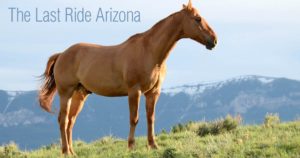What to Look for in Quality Hay

Once you have decided between grass or legume hay for your horse, the next step in selecting the best hay is to examine how it looks, smells and feels. Not only will this help you to determine the quality of the hay, but it will also help you to identify whether or not there are any problems with the hay that could potentially make your horse ill.
 According to the American Association of Equine Practitioners, you should ask your hay provider to allow you to look inside one or several of the bales to ensure it is of good quality. While it is normal for there to be slight discoloration on the outside, the inside should be free for mold, must and dust. The hay should not be excessively sun-bleached, overcured or fermented. Rather, it should be fine-stemmed, green, leafy and soft to the touch. Hay containing a significant amount of weeds, trash, dirt or debris should be avoided. You should also look for signs of insect infestation and disease, paying particular attention to the blister beetles in alfalfa.
According to the American Association of Equine Practitioners, you should ask your hay provider to allow you to look inside one or several of the bales to ensure it is of good quality. While it is normal for there to be slight discoloration on the outside, the inside should be free for mold, must and dust. The hay should not be excessively sun-bleached, overcured or fermented. Rather, it should be fine-stemmed, green, leafy and soft to the touch. Hay containing a significant amount of weeds, trash, dirt or debris should be avoided. You should also look for signs of insect infestation and disease, paying particular attention to the blister beetles in alfalfa.
Once you have found quality hay that you can trust, you might want to consider consulting with your veterinarian or a qualified equine nutritionist to determine how much of the hay you should give to your horse to ensure a cost-effective and well-balanced diet.